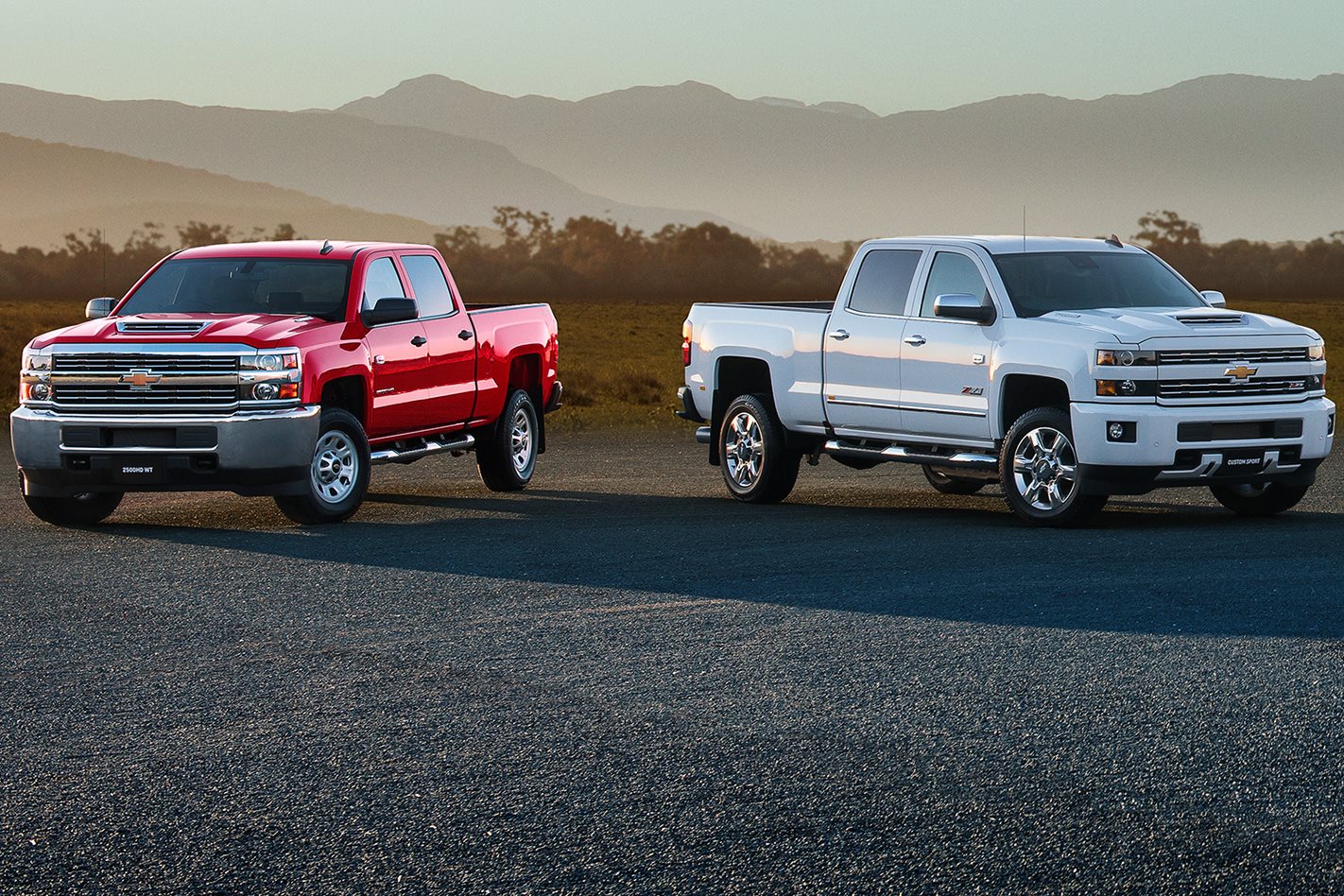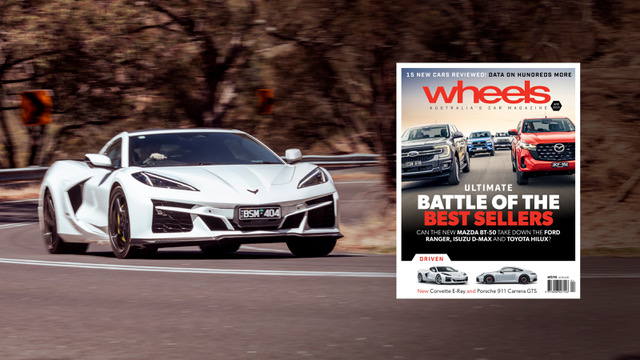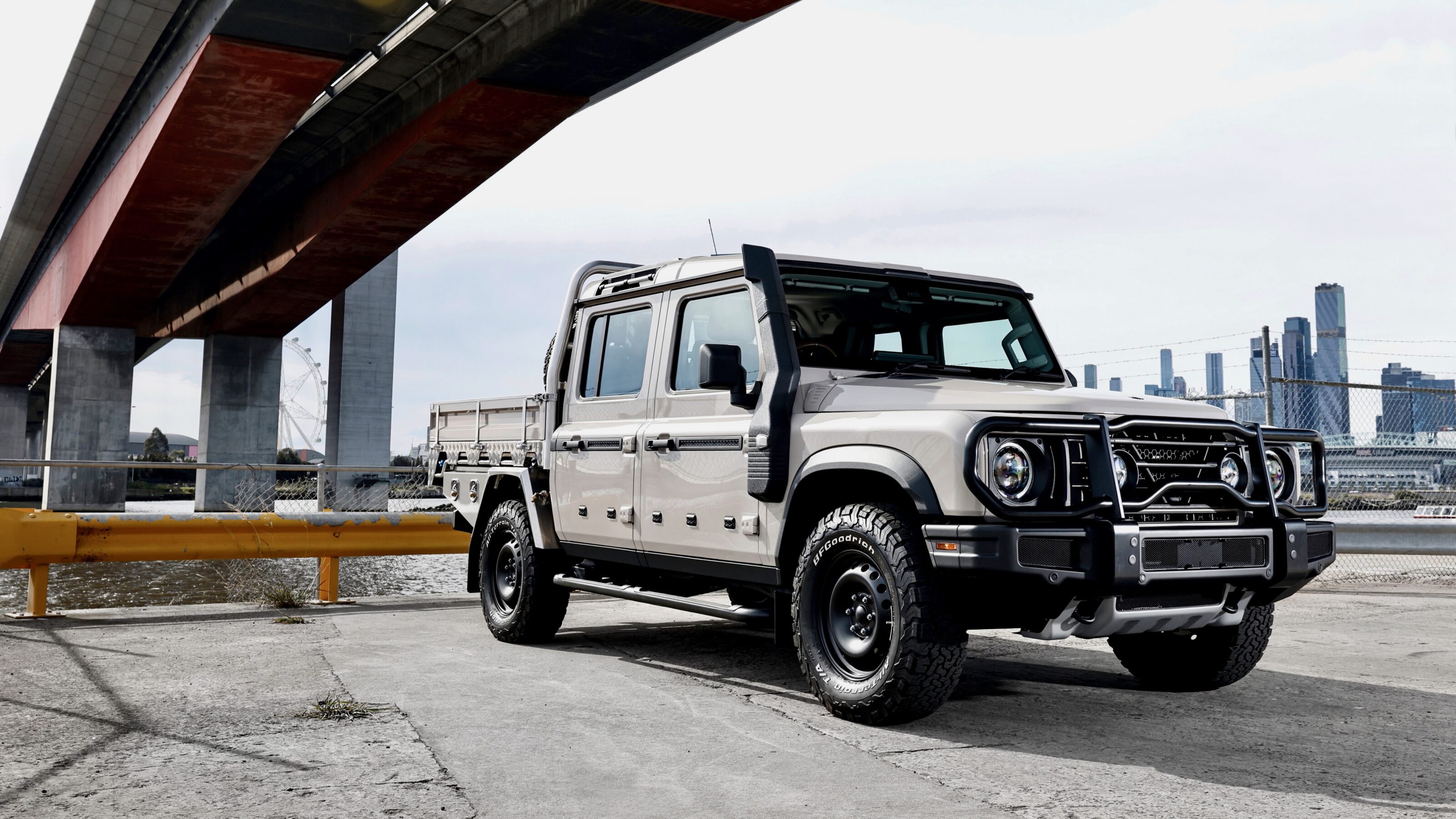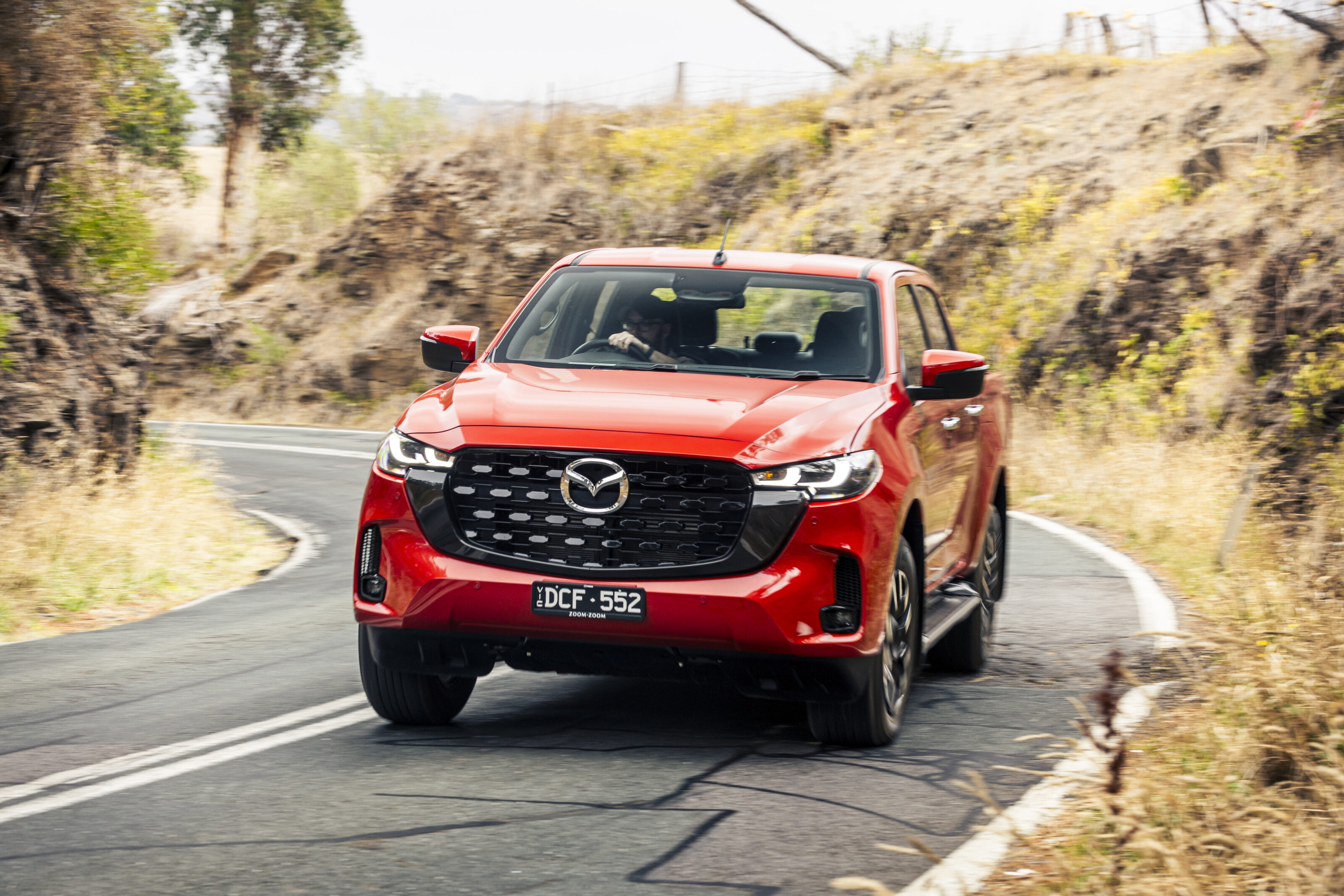YANK TRUCKS: they’re overpowered and over here. Big, brash, and seemingly capable of hauling Uluru from the Northern Territory to Melbourne if they put their mind to it, full-size American trucks are now being offered to Australians in increasing numbers.
A segment that was once the domain of niche conversion shops now has the legitimacy of two major players, with Holden Special Vehicles and American Special Vehicles, the former a wholly owned subsidiary of the Walkinshaw Automotive Group and the latter contracting services from WAG, offering products from Chevrolet and RAM respectively.
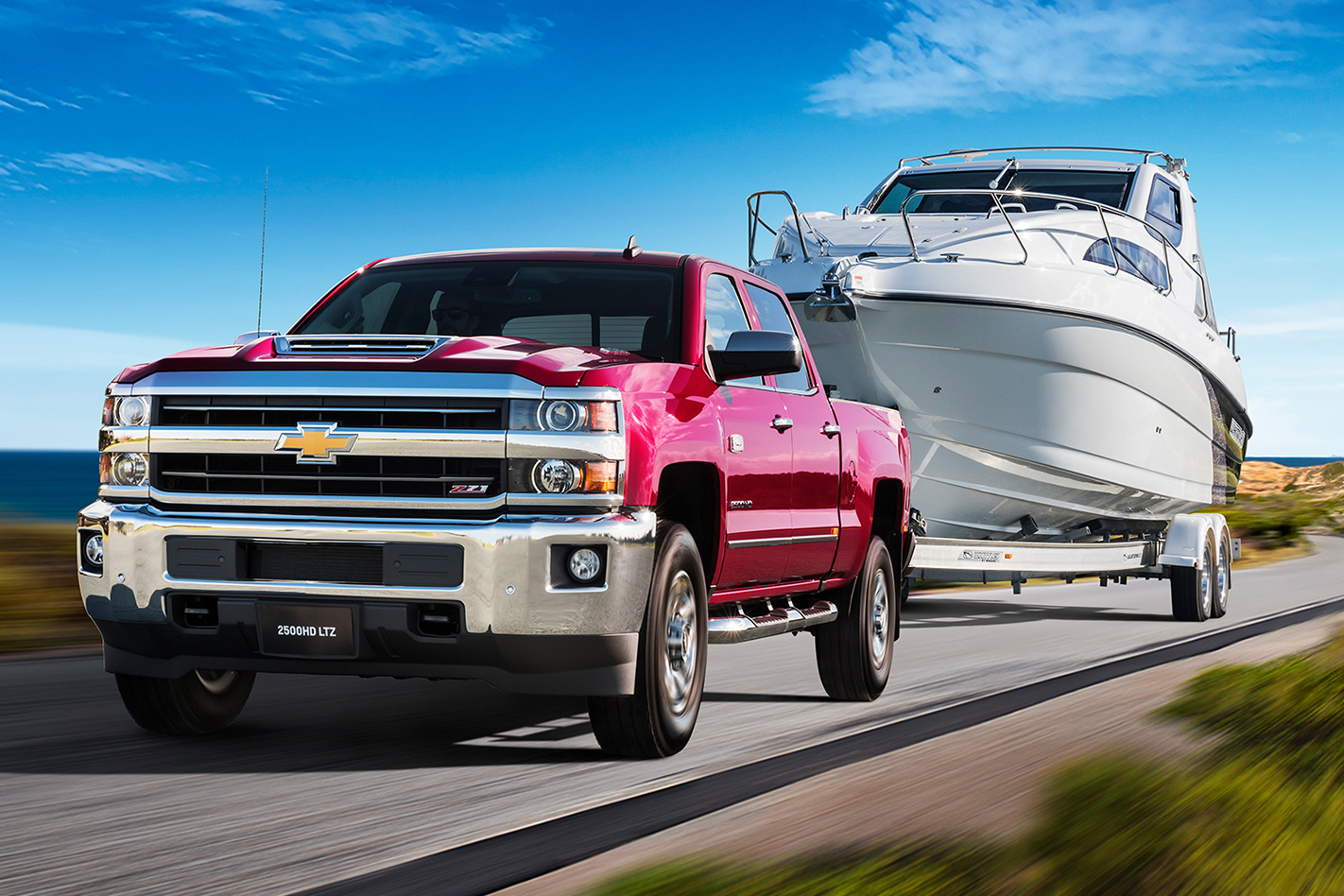
However, despite the growing supply it’s unlikely you’ll be being the really big utes on the road in large numbers. The reality is that in Australia, the most literal giants of the automotive world will be a niche player.
Unlike the booming market for smaller trade utes like the Toyota Hilux and Ford Ranger, which has grown 75 percent in 10 years, peaking at 207,217 sales in 2017, the big ute segment remains comparatively diminutive. The only official sale figures in the segment come thanks to RAM, the biggest player at the moment, which according to VFACTS sold 398 2500 and 3500 Laramies last year. HSV hopes to sell around 700 Silverados annually.
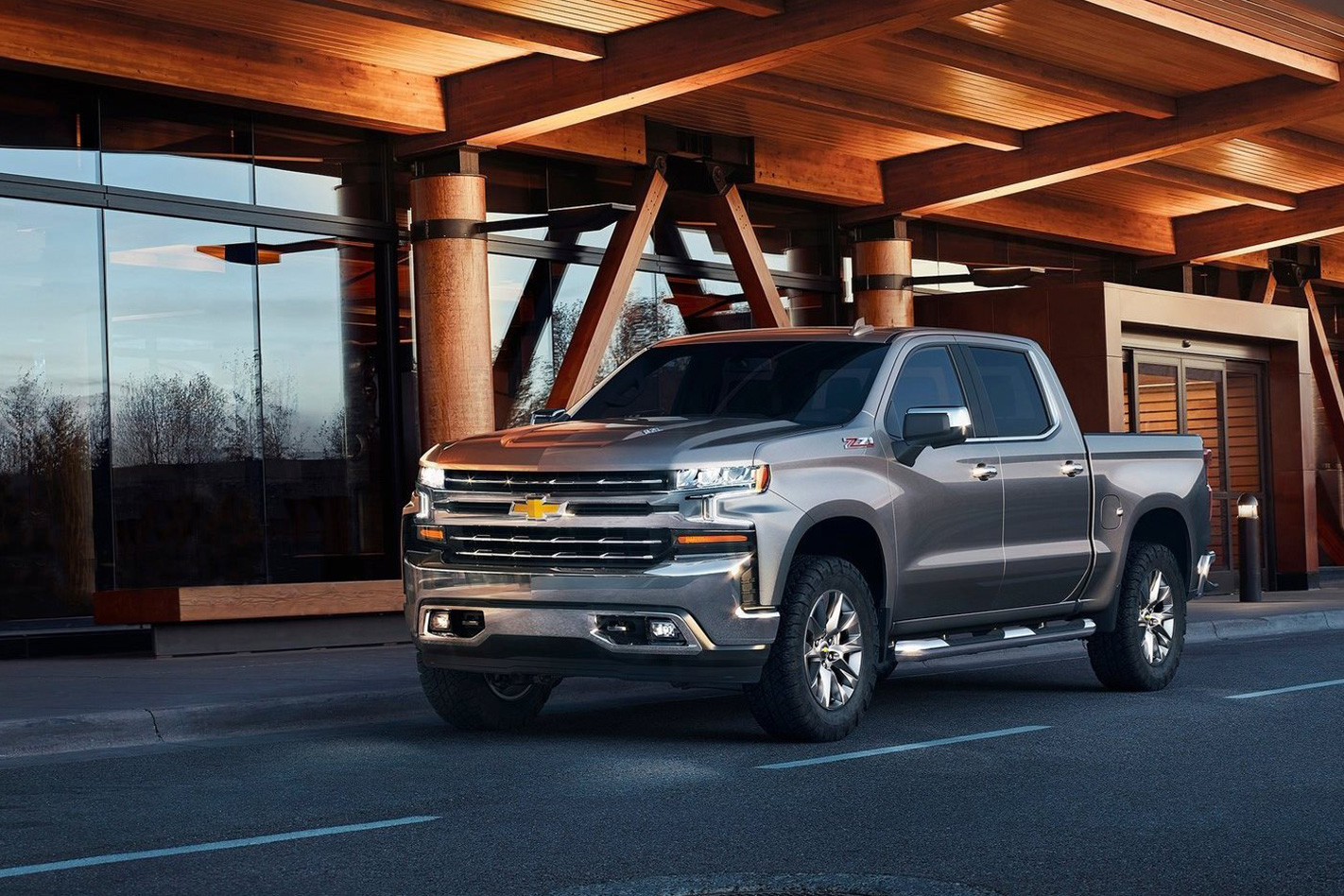
Further limiting sales volumes is the fact that the majority of original equipment manufacturers (OEMs) that create big trucks (Ford, Toyota, Nissan, RAM, Chevrolet, and GMC) maintain it’s unfeasible to produce them in right-hand drive due to the small size of potential export markets. Beyond Australia, only South Africa, the UK and Japan would, at first glance, seem viable, with an industry source telling Wheels that research indicates that collective sales numbers would not be enough to justify RHD development costs. South Africa has punitive tariff barriers, Japan a regulationary aversion to large vehicles and the UK’s sky-high fuel prices tend to deter such discretionary purchases.
Still, HSV sees potential growth in Australia. Alongside American Special Vehicles, HSV is the closest thing to an OE manufacturer currently operating in the local large truck market, with managing director Tim Jackson telling Wheels: “There is growth to be had, I don’t think it is massive exponential growth, but as the quality of the product [improves] and people get familiar with the product and its background, there will be a growth.
“I think the main driver in the growing interest is the towing capability of these trucks and their comfort and features which typically in these niche markets are high on customer demands.”

It’s easy to see the appeal for those with large towing needs. A Chevrolet Silverado being converted and sold by HSV has a towing capacity of almost six tonnes, while the RAM 1500/3500 Dual Cabs sold locally by ASV, is capable of towing almost seven tonnes, while also carrying its maximum payload of 913kg. The RAM Crew Cabs are also offered with tubs up to eight feet long, or a monster 244cm; around 60cm longer than a typical Aussie dual-cab ute. By way of comparison, Ford’s Ranger dual-cab maxes out at 3500kg when towing.
Pricing is also a limiting factor for the popularity of large trucks in Australia, with buyers often paying in excess of $100,000 to add one to their garage. Powered by a 6.6-litre Duramax turbo-diesel V8 engine which pumps out 1234Nm, the Silverado range begins at $114,990, and tops out at $147,990 for the flagship 3500 LTZ.
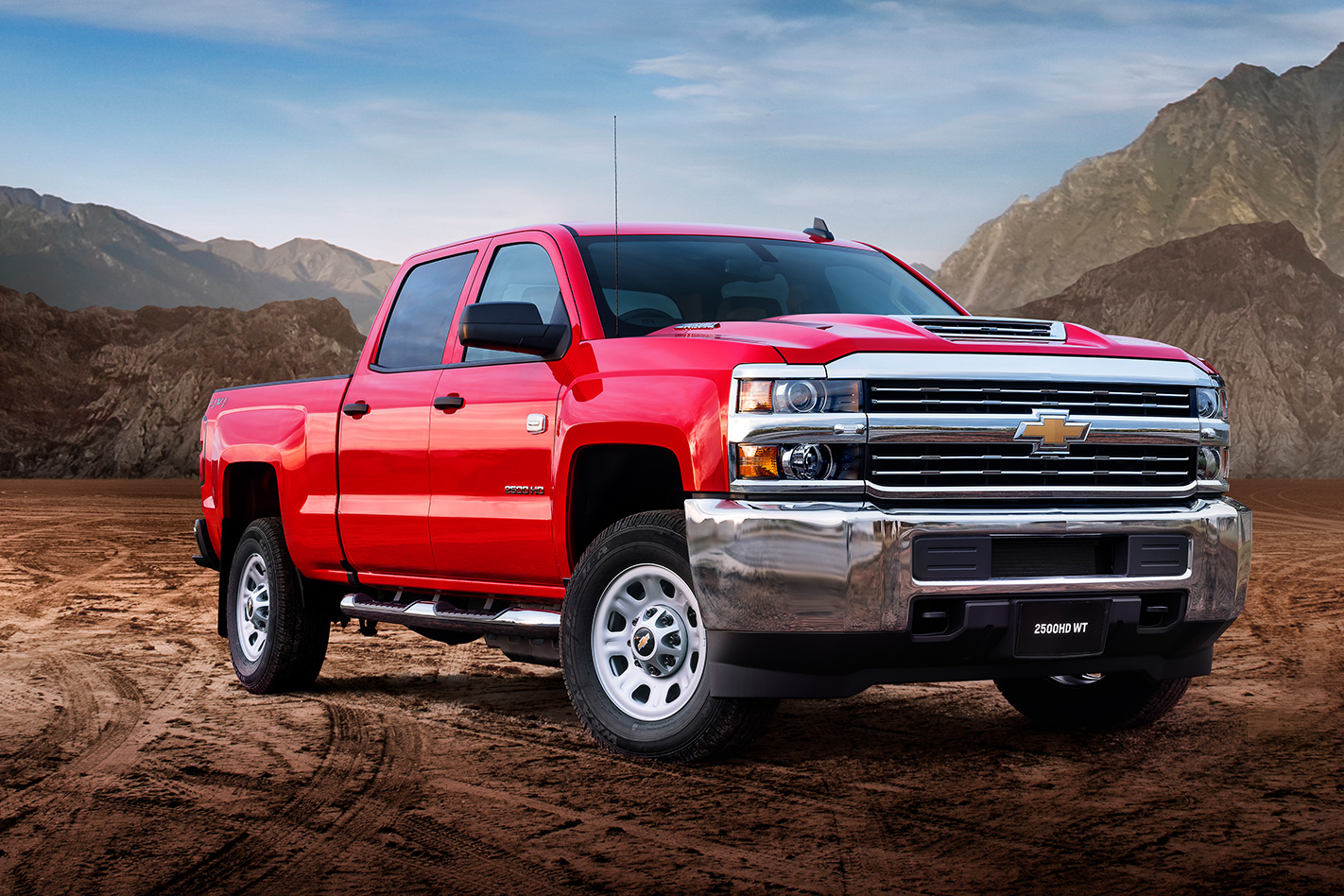
Jackson says while there is room for US trucks to become more popular Down Under, there are challenges that come with their sheer size. A Ford Ranger has an overall length, width, and height of 5426mm / 1860mm / 1821mm respectively, while a Silverado 2500 measures in at over a metre longer, 20cm wider, and a metre and a half taller – this creates many physical limitations in an urban environment where most dual-cabs feel already bloated.
HSV’s business model for the Silverado is focused on small numbers compared to its previous repertoire of Commodore-based products.
“In terms of what we need to recover from our capital investment from each vehicle, it is higher than you will typically see on a GTS-R or W1 type of program. We are reasonably conservative, so we are looking at a range between 500 and 700 [units per year]. Selling within that range is fine by us.”
Jackson added that the current volume in the market means HSV’s “business model makes more sense than a large OEM doing it themselves.”
Wheels understands that Ford Australia wants to sell F-150 locally, but can’t because of the limited size of the market and the cost of converting the vehicles to right-hand drive.
A source within Ford Australia told Wheels that even if it could sell more F-150s than it currently does Rangers (around 5000 a month), the business model still doesn’t add up to bring the large pick-up Down Under.
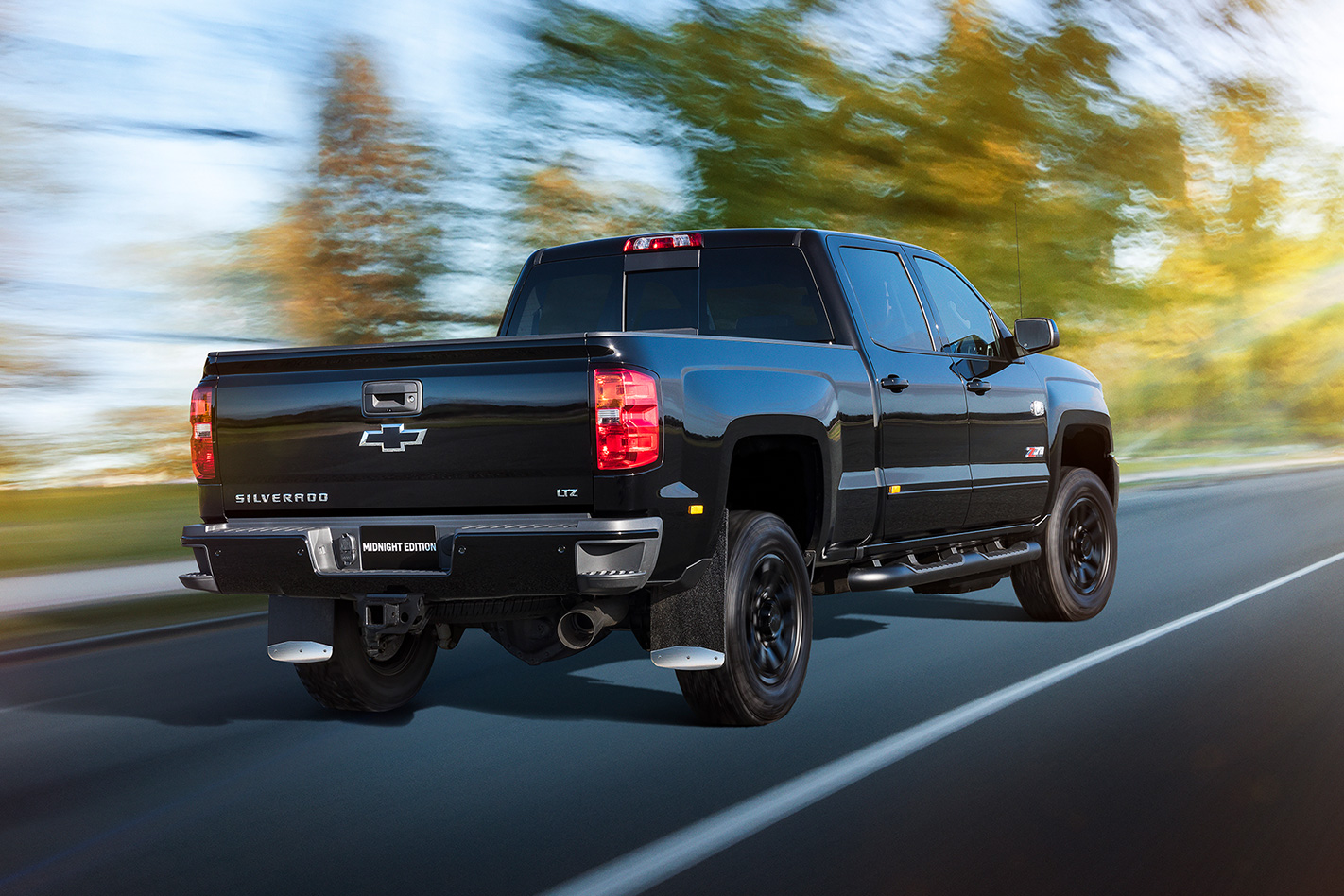
It’s unlikely, therefore, that this trickle of huge American trucks will become a flood anytime soon. ASV’s recent addition of the smaller RAM 1500 will add significant volume (it hopes to sell 4500 by 2020), but for the biggest class of ute, sales will continue to be small for the foreseeable future.


